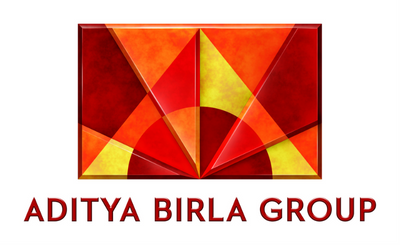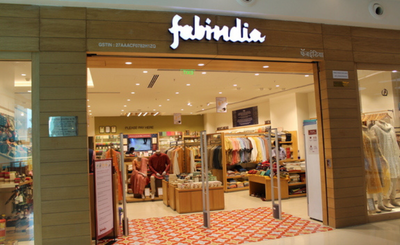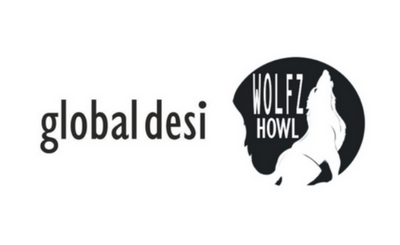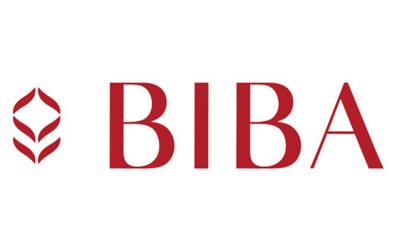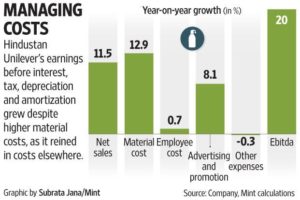 Indian consumers have been vocal critics of rising fuel prices. The government had to finally relent and lower excise duties, and even asked state-run petroleum firms to cut prices. Viewed in this backdrop, Hindustan Unilever Ltd’s (HUL’s) cautious approach to price hikes makes sense. A sharp increase in consumer product prices in the run-up to elections next year may attract unwanted attention.
Indian consumers have been vocal critics of rising fuel prices. The government had to finally relent and lower excise duties, and even asked state-run petroleum firms to cut prices. Viewed in this backdrop, Hindustan Unilever Ltd’s (HUL’s) cautious approach to price hikes makes sense. A sharp increase in consumer product prices in the run-up to elections next year may attract unwanted attention.
The company said that consumer demand has sustained and rural markets continue to improve their gap in growth over urban markets. Volume sales grew by 10% over a year ago in the September quarter (Q2) but value sales rose by 12%. This 2 percentage point difference reflects the combined effect of price hikes and changes to its product mix. That’s a rather small increment when demand conditions were strong and input cost inflation was evident.
While HUL sales rose by 11.5%, its costs increased by 12.9% over a year ago, reflecting the creeping effect of inflation in crude oil-based inputs and rupee depreciation.
Even sequentially, the company’s gross margin—the difference between sales and material costs expressed as a percentage of sales—declined. HUL managed to squeeze savings from other expenses, employee costs barely budged, and advertising and promotion expenses also kept a low profile.
The combined effect was that HUL’s Ebitda (earnings before interest, tax, depreciation and amortization) margin rose by 1.6 percentage points over a year ago, although it did decline by nearly 2 percentage points sequentially. The segment results showed that its home care segment—that includes laundry and household care products—suffered a sharp sequential decline in margins. The company’s beauty and personal care business—that includes soaps and hair care and cosmetics—fared much better, though it also saw margins decline sequentially.
Still, the fact that HUL’s expenses, other than raw materials, grew slower than sales ensured net profit rose by 19.5% in Q2 over a year ago. Healthy profit growth on the back of robust volume growth is always a good sign for a consumer goods company.
Material costs do pose a concern for HUL. Soft trends in vegetable oil prices balanced out rising crude oil-related costs to an extent. However, it did increase prices, but the full effect is expected to be visible in the December quarter.
Barring a sharp spike in input costs, which can become a headache to manage, HUL appears to be in a good position. Healthy consumer demand should allow it to pass on small increases in product prices without a significant effect on volume growth. This could mean that earnings will continue to grow at healthy rates.
On Friday, HUL’s stock rose by 2.6% after its Q2 results came in ahead of expectations. The stock has also fallen in the recent meltdown in equities. It still trades at 46 times its FY19 estimated earnings, based on a mean of analyst estimates compiled by Thomson Reuters. The chief risk to valuations is if input costs keep rising and HUL remains behind the curve on increasing prices, as that can affect profitability.
The development was reported by livemint.com



